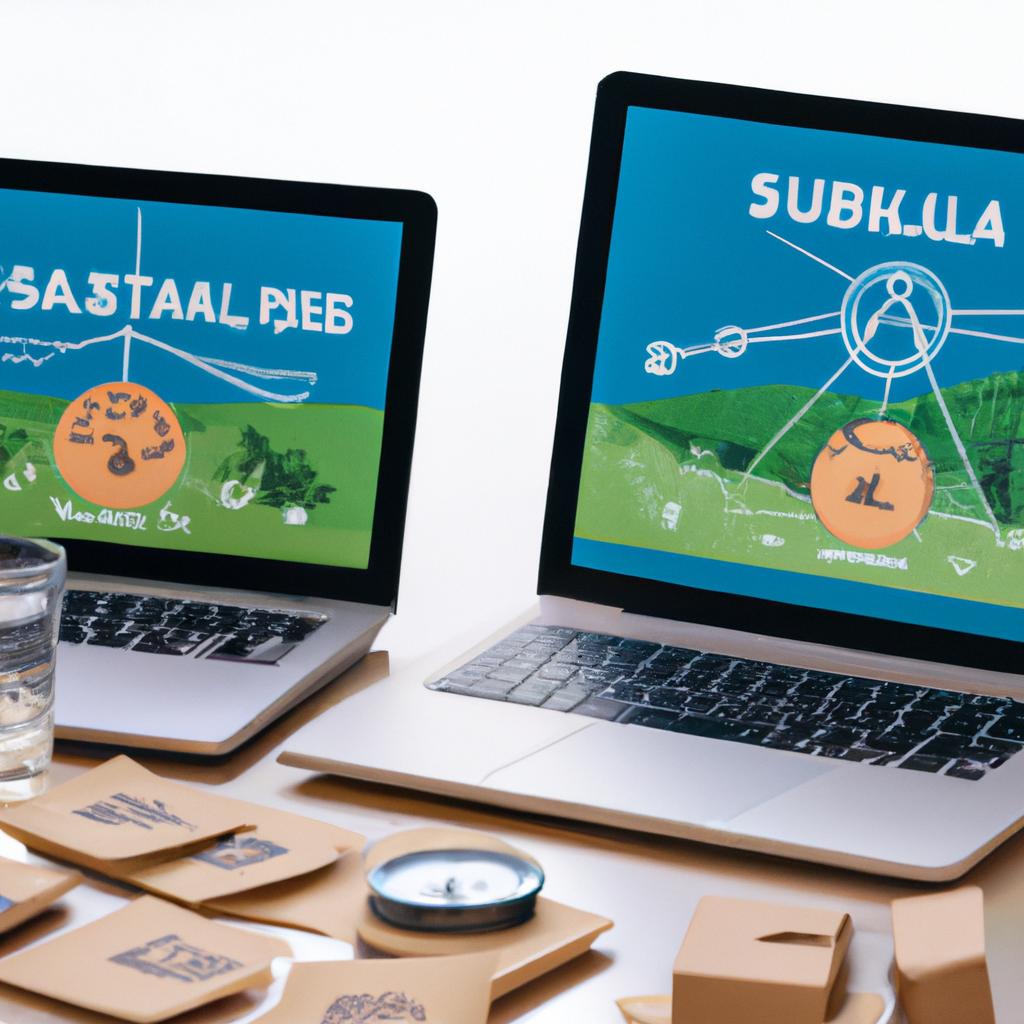In an era defined by rapid technological advancements and shifting consumer behaviors, the landscape of e-commerce is evolving at an unprecedented pace. The digital marketplace, once a novel concept, has now become a fundamental pillar of global commerce, reshaping the way businesses and consumers interact. As we stand on the brink of a new decade, understanding the key trends and challenges that will shape the future of e-commerce is essential for stakeholders at all levels. From the rise of artificial intelligence to the growing importance of sustainable practices, the impending changes promise both opportunities and hurdles. This article delves into the multifaceted world of e-commerce development, highlighting the pivotal trends that are set to redefine the shopping experience, while also shedding light on the challenges businesses must navigate in order to thrive in an increasingly competitive and dynamic environment. Join us as we explore the future of online commerce, where innovation meets adaptation, and potential meets reality.
Exploring Sustainable Practices in E-Commerce to Meet Consumer Expectations
As e-commerce continues to evolve, integrating sustainable practices has become crucial for businesses aiming to align with the growing consumer demand for eco-friendliness. Shoppers are increasingly inclined to support brands that prioritize environmental responsibility, pushing online retailers to rethink their operations. Key initiatives include:
- Green Packaging: Utilizing biodegradable, recyclable, or reusable materials helps minimize environmental impact.
- Sustainable Sourcing: Choosing suppliers that adhere to ethical labor practices and sustainable resource management fosters trust and transparency.
- Carbon Offsetting: Implementing programs that aim to reduce or compensate for the carbon footprint of shipping and logistics.
- Energy-Efficient Technology: Investing in energy-efficient servers and cloud solutions to reduce overall energy consumption.
Moreover, businesses can enhance their sustainability efforts by embracing circular economy principles—encouraging customers to recycle or resell their products can significantly lessen waste. This not only meets consumer expectations but also builds lasting brand loyalty.

Harnessing Innovative Technologies for Enhanced Customer Experience
In today’s fast-paced digital marketplace, businesses are increasingly exploring the potential of cutting-edge technologies to redefine their customer interactions. By integrating **artificial intelligence**, **chatbots**, **augmented reality**, and **big data analytics**, companies can craft personalized shopping experiences that not only anticipate but also exceed consumer expectations. For example, leveraging AI algorithms allows businesses to analyze customer behavior and preferences in real-time, facilitating customized product recommendations that resonate with individual tastes. Similarly, **virtual fitting rooms** powered by augmented reality enable customers to visualize products, enhancing their confidence in purchase decisions. Elements such as:
- Seamless multi-channel experiences
- Data-driven insights for targeting
- Enhanced customer support through chatbots
are crucial for staying competitive in the e-commerce landscape. The convergence of these technologies fosters a more engaging and efficient customer journey, ultimately driving loyalty and retention in a crowded marketplace.
| Technology | Benefit |
|---|---|
| AI | Personalized Recommendations |
| Chatbots | 24/7 Customer Support |
| Augmented Reality | Interactive Product Visualization |
| Big Data Analytics | Informed Decision Making |
In Retrospect
In the ever-evolving landscape of e-commerce, the journey is one of continuous adaptation and innovation. As we navigate through the myriad trends reshaping the digital marketplace—from the rise of artificial intelligence to the pursuit of unparalleled customer experience—it’s clear that the future holds both immense opportunities and formidable challenges.
The key to thriving in this dynamic environment lies in our ability to embrace change, leveraging technology while remaining responsive to consumer needs. As businesses pivot and adapt to emerging trends, staying informed and agile will be paramount. the future of e-commerce is not merely about technology but about understanding its impact on human behavior and relationships. By fostering a deeper connection with customers and embracing the ethos of sustainability and inclusivity, we can forge a path toward a vibrant and resilient e-commerce ecosystem. As we stand on the brink of tomorrow, the possibilities are boundless, waiting for those ready to engage with them thoughtfully and strategically.


